Shingles rash relief. Shingles: Symptoms, Causes, Treatment and Prevention – Comprehensive Guide
What are the early signs of shingles. How is shingles diagnosed and treated. Can shingles be prevented with vaccination. What are the potential complications of shingles. How long does shingles typically last.
Understanding Shingles: Causes and Risk Factors
Shingles, also known as herpes zoster, is a viral infection caused by the varicella-zoster virus – the same virus responsible for chickenpox. This condition occurs when the dormant virus in nerve cells near the spine reactivates, typically years after the initial chickenpox infection.
Who is at risk for developing shingles? While it can affect anyone who has had chickenpox, certain factors increase the likelihood:
- Age: People over 50 are more susceptible
- Weakened immune system: Due to conditions like HIV/AIDS or cancer treatments
- Physical or emotional stress
- Recent organ or bone marrow transplant
Is shingles contagious? While you can’t “catch” shingles from someone else, the virus can spread and cause chickenpox in those who haven’t had it or aren’t vaccinated. The virus is transmissible through direct contact with the fluid from shingles blisters until they crust over completely.

Recognizing Shingles: Early Symptoms and Progression
Identifying shingles early can lead to more effective treatment. What are the initial signs to watch for?
- Pain, burning, or tingling sensation in a specific area
- Sensitivity to touch
- Numbness in the affected region
- Fever and headache
- Fatigue
How does shingles progress? Typically, 2-3 days after these initial symptoms, a distinctive rash appears. This rash usually follows these stages:
- Red, sensitive bumps appear on one side of the body or face
- These bumps develop into fluid-filled blisters
- Blisters eventually crust over and heal
The entire process, from initial symptoms to healing, generally takes 3-5 weeks. However, complications like postherpetic neuralgia can extend the duration of symptoms.
Diagnosing Shingles: Medical Evaluation and Tests
How do healthcare providers diagnose shingles? The process typically involves:
- Physical examination: Doctors assess the characteristic rash
- Medical history review: Previous chickenpox infection is a key indicator
- Skin sample analysis: In uncertain cases, fluid from blisters may be tested
Are there any specific tests for shingles? While the rash is often distinctive enough for diagnosis, in some cases, providers may use:

- Tzanck smear: A scraping of skin cells examined under a microscope
- PCR test: To detect the virus’s DNA
- Antibody tests: To check for varicella-zoster virus antibodies
Treatment Options for Shingles: Medications and Home Care
What treatments are available for shingles? The primary goals of treatment are to limit the severity and duration of pain, shorten the duration of a shingles episode, and reduce complications. Treatment options include:
Antiviral Medications
Antiviral drugs are the cornerstone of shingles treatment. They help shorten the course of the illness and reduce its severity. Common antivirals prescribed include:
- Acyclovir (Zovirax)
- Valacyclovir (Valtrex)
- Famciclovir (Famvir)
These medications are most effective when started within 72 hours of the rash’s appearance. How long should antiviral treatment continue? Typically, a 7 to 10-day course is prescribed.
Pain Management
Managing pain is crucial in shingles treatment. Options range from over-the-counter to prescription medications:

- Acetaminophen or ibuprofen for mild pain
- Opioids for severe pain
- Topical numbing agents like lidocaine
- Capsaicin cream for post-herpetic neuralgia
Home Care and Remedies
What can patients do at home to alleviate symptoms?
- Apply cool, wet compresses to reduce pain
- Take cool baths with colloidal oatmeal
- Wear loose-fitting clothing to avoid irritation
- Apply calamine lotion to soothe itching
Preventing Shingles: Vaccination and Lifestyle Factors
Can shingles be prevented? While not always possible, there are effective preventive measures:
Vaccination
Vaccines are the most reliable method for preventing shingles. Two vaccines are currently available:
- Shingrix: Recommended for adults 50 and older, even if they’ve had shingles or received the older vaccine
- Zostavax: No longer available for use in the United States as of November 18, 2020
How effective is the Shingrix vaccine? It’s more than 90% effective in preventing shingles and post-herpetic neuralgia. The vaccine is administered in two doses, 2 to 6 months apart.

Lifestyle Factors
While not guaranteed to prevent shingles, certain lifestyle choices may help support immune function:
- Managing stress through relaxation techniques
- Maintaining a healthy diet rich in fruits and vegetables
- Getting regular exercise
- Ensuring adequate sleep
Complications of Shingles: Recognizing and Managing Long-term Effects
While many people recover from shingles without lasting effects, complications can occur. What are the potential long-term consequences of shingles?
Postherpetic Neuralgia (PHN)
PHN is the most common complication, affecting 10-18% of shingles patients. It involves persistent pain in the area where the shingles rash occurred, lasting long after the rash has healed. How long can PHN last? In some cases, it can persist for months or even years.
Vision Problems
When shingles affects the eye (ophthalmic shingles), it can lead to various eye problems. These may include:
- Corneal ulcers
- Glaucoma
- Vision loss
Neurological Complications
In rare cases, shingles can lead to more severe neurological issues, such as:

- Encephalitis (brain inflammation)
- Facial paralysis
- Hearing problems
How are these complications managed? Treatment depends on the specific complication but may include ongoing pain management, specialized eye care, or neurological interventions.
Living with Shingles: Coping Strategies and Support
Dealing with shingles can be challenging, both physically and emotionally. What strategies can help patients cope?
Pain Management Techniques
- Relaxation techniques like deep breathing or meditation
- Distraction methods such as engaging in hobbies or socializing
- Physical therapy or gentle exercises as recommended by a healthcare provider
Emotional Support
The pain and discomfort of shingles can take an emotional toll. How can patients address this aspect?
- Joining support groups for shingles patients
- Seeking counseling or therapy if needed
- Staying connected with friends and family
Lifestyle Adjustments
What changes can help manage symptoms and promote healing?
- Adopting a healthy diet to support immune function
- Getting adequate rest to aid recovery
- Avoiding stress triggers when possible
Living with shingles or its aftermath requires patience and often a multifaceted approach. By combining medical treatment with self-care strategies and emotional support, many patients find effective ways to manage their condition and maintain their quality of life.

Shingles in Special Populations: Considerations for Different Age Groups and Health Conditions
While shingles can affect anyone who has had chickenpox, certain groups may face unique challenges or require special considerations. How does shingles impact different populations?
Shingles in Older Adults
Older adults are at higher risk for shingles and its complications. Why is this the case?
- Weakening immune system with age
- Higher likelihood of underlying health conditions
- Increased risk of postherpetic neuralgia
For this group, early vaccination and prompt treatment are crucial. Healthcare providers may also need to adjust treatments to account for other medications or health conditions.
Shingles in Immunocompromised Individuals
People with weakened immune systems, such as those with HIV/AIDS or undergoing cancer treatment, face unique challenges with shingles. What are the key considerations?
- Higher risk of developing shingles
- Potential for more severe or widespread outbreaks
- Need for careful monitoring and aggressive treatment
In these cases, preventive strategies and early intervention are critical. Healthcare providers may recommend alternative or extended treatment protocols.

Shingles During Pregnancy
While rare, shingles during pregnancy can occur. What should expectant mothers know?
- Generally not harmful to the unborn baby
- Some treatments may need to be adjusted
- Important to seek medical advice promptly
Pregnant women with shingles should work closely with their healthcare providers to ensure safe and effective treatment.
Shingles in Children
Although less common, children can develop shingles. What are the unique aspects of childhood shingles?
- Often milder symptoms compared to adults
- Lower risk of postherpetic neuralgia
- May be mistaken for other childhood rashes
Pediatric cases of shingles typically resolve more quickly and with fewer complications than adult cases. However, prompt diagnosis and treatment are still important.
Understanding these population-specific considerations can help both patients and healthcare providers tailor prevention strategies and treatment approaches effectively. Each group may require a unique management plan to address their specific needs and risk factors.

Shingles: Easing the Pain – American Family Physician
Please note: This information was current at the time of publication. But medical information is always changing, and some information given here may be out of date. For regularly updated information on a variety of health topics, please visit familydoctor.org, the AAFP patient education website.
Information from Your Family Doctor
Am Fam Physician. 2005 Sep 15;72(6):1082.
See related article on herpes zoster.
What is shingles?
Shingles is a skin infection caused by the chickenpox virus. You can only get it if you have had chickenpox or have had the chickenpox shot. The chickenpox virus stays in your body and can cause shingles later. Shingles is most common in older people.
What are the symptoms of shingles?
Shingles can start with a stinging or burning feeling. A rash usually appears on the back or chest and sometimes on the face.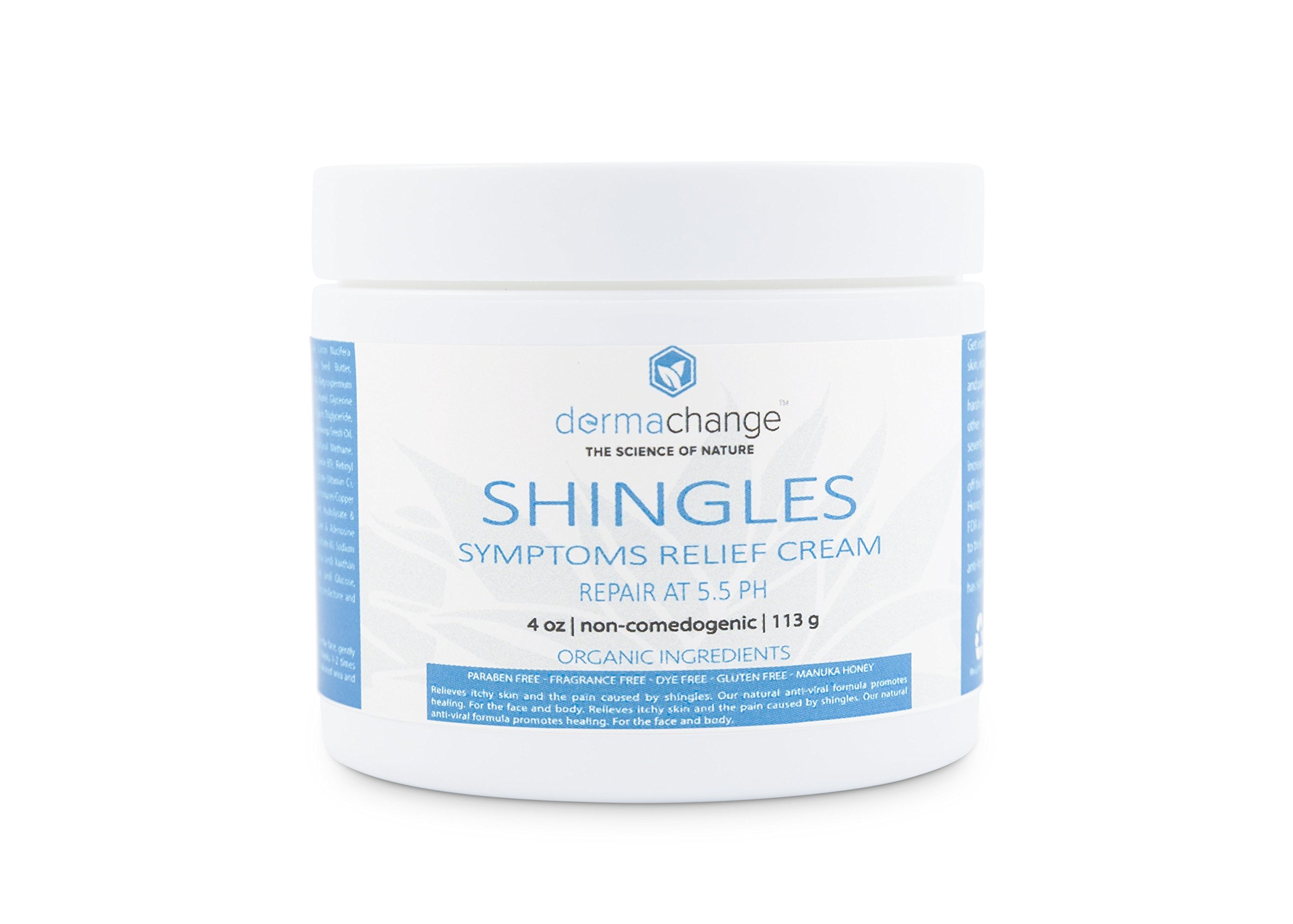 It starts with small red bumps that may blister. After about one week, scabs form on the rash and then fall off.
It starts with small red bumps that may blister. After about one week, scabs form on the rash and then fall off.
How is shingles treated?
Your doctor may give you medicine to ease the pain and help the rash go away faster. The medicine may not work if you have already had the rash for several days.
What can I do for the pain?
Not everyone has the same amount of pain from shingles. Over-the-counter pain medicine like acetaminophen (one brand name: Tylenol) and ibuprofen (one brand name: Motrin) can help ease the pain. A liquid medicine that you put on your skin (brand name: Domeboro) can help cool the rash and stop the itching. Your doctor can give you pain medicine if your rash hurts a lot.
Sometimes the pain does not go away with the rash. This is called postherpetic neuralgia (say: post-her-PET-ik new-RAL-ja).
What is postherpetic neuralgia?
Postherpetic neuralgia is burning or stinging pain from shingles that lasts more than 30 days after the rash has healed. It is more common in people older than 60 years. For most people, the pain goes away over time.
It is more common in people older than 60 years. For most people, the pain goes away over time.
What can I do to ease this pain?
Your doctor can give you medicine that will help postherpetic neuralgia pain. There also are over-the-counter medicines you can rub on your skin.
Can I give shingles to others?
No one can catch shingles from you, but they can catch chickenpox if they have not already had it or had the shot. The chickenpox virus lives in the spots from shingles, and the virus can be spread until the spots are completely dried up. If you have shingles, you should stay away from babies younger than 12 months and pregnant women.
Shingles – treatments, symptoms and causes
On this page
What is shingles?
Shingles is a viral infection that causes a painful, blistering rash. It is caused by the varicella-zoster virus, which is the same virus that causes chickenpox. You can only get shingles if you have had chickenpox in the past.
The shingles rash develops into painful blisters that may also be itchy, usually on one side of the body, either on the face, chest, back, abdomen or pelvis. They can take several weeks to settle.
In 1 in 10 people, the pain and tingling of shingles can last for months or even years. This is called post-herpetic neuralgia.
What are the symptoms of shingles?
The initial symptoms of shingles include:
- pain
- a burning, tingling or itching sensation
- a stabbing sensation
- sensitivity to touch
- numbness in the affected area of the body
- sensitivity to light
- fever and/or headache
- fatigue
Two to 3 days after these symptoms appear, a painful rash will appear on the sensitive area of skin, usually on one side of the body in the area of one skin nerve (called a dermatome).
At first this rash consists of painful red bumps that quickly develop into fluid-filled blisters, which will eventually have a crusty surface. The rash can last for 10 to 15 days.
The rash can last for 10 to 15 days.
CHECK YOUR SYMPTOMS — Use the rashes and skin problems Symptom Checker and find out if you need to seek medical help.
What causes shingles?
Anyone who has had chickenpox in the past can develop shingles. The chickenpox virus stays in the nerve cells near the spine but is not active. Shingles occurs when the virus becomes active again.
Shingles can occur at any age, but it usually affects people over 40. About 1 in 3 people who have not been immunised against chicken pox or shingles will develop shingles at some stage during their lifetime. Shingles often occurs with no known trigger. It is more likely to occur if you:
- are aged 60 or older
- are experiencing physical and emotional stress
- have HIV and AIDS
- have had an organ transplant
- have recently had a bone marrow transplant
- have a condition which requires treatment that affects the immune system, such as chemotherapy for cancer
Usually, people only get shingles once in their lives.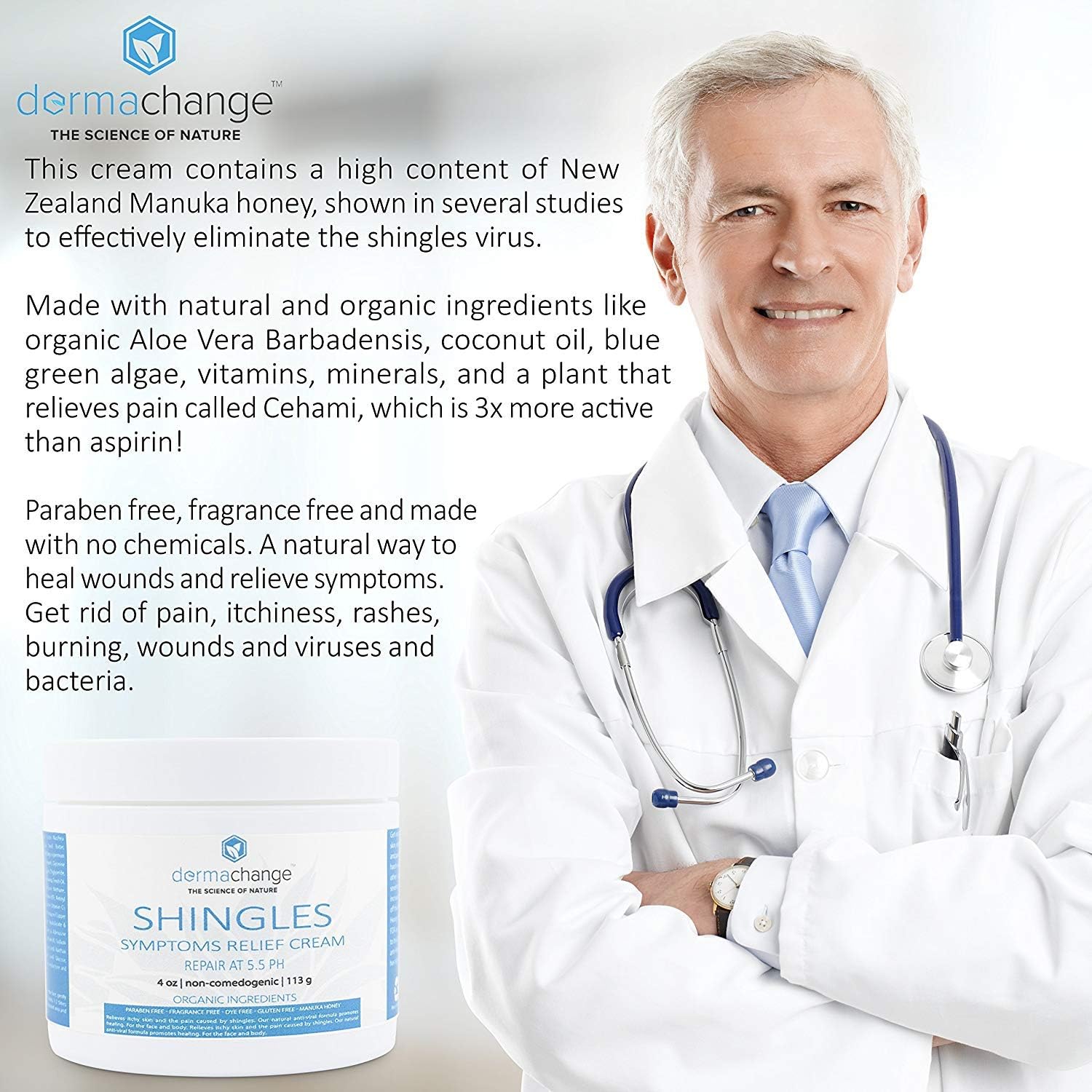 But sometimes, especially if you have a weakened immune system, you might get repeated infections. You cannot catch shingles from someone who has the condition. If you have not had chickenpox, you can catch chickenpox by coming into direct contact with fluid on the blisters of someone who has shingles.
But sometimes, especially if you have a weakened immune system, you might get repeated infections. You cannot catch shingles from someone who has the condition. If you have not had chickenpox, you can catch chickenpox by coming into direct contact with fluid on the blisters of someone who has shingles.
If you’ve had chickenpox in the past, you can develop shingles. The virus will stay in your nerve cells but not be active, shingles occurs when it becomes active again.
When should I see my doctor?
See your doctor as soon as possible if you are experiencing any symptoms of shingles. Starting treatment with antiviral medicines within 3 days of the rash appearing should reduce the severity of symptoms and the risk of further complications, including post-herpetic neuralgia.
See your doctor straight away if you have symptoms of shingles and are experiencing the following:
You should also see your doctor if you are pregnant, or have a weakened immune system due to medicine that suppresses the immune system, or a condition that weakens your immune system.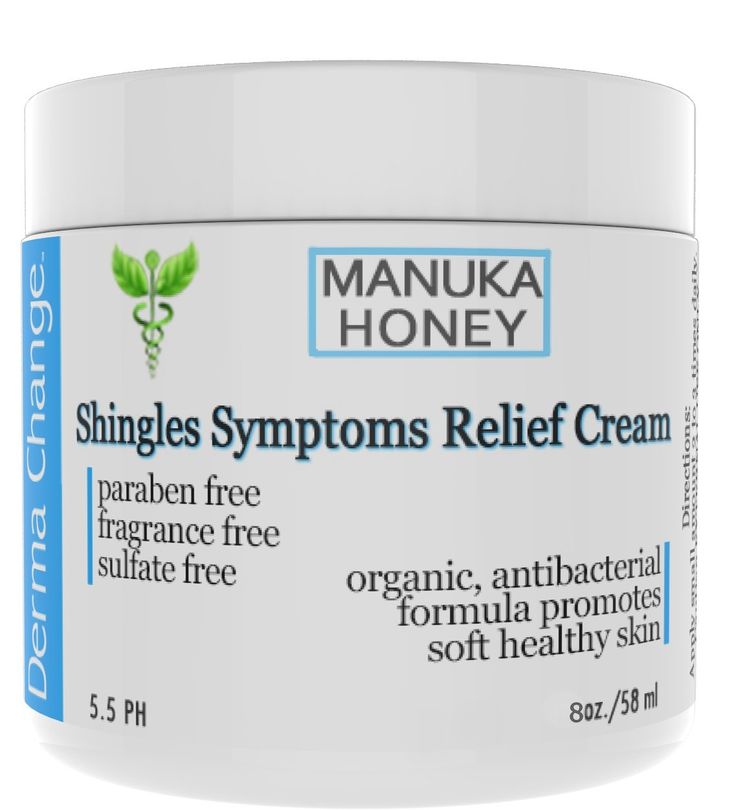
FIND A HEALTH SERVICE — The Service Finder can help you find doctors, pharmacies, hospitals and other health services.
How is shingles diagnosed?
Your doctor will ask about the symptoms and do an examination. They can test some of the fluid from the blisters to confirm it is shingles.
How is shingles treated?
There is no cure for shingles, but antiviral medicine may relieve the symptoms and help prevent complications. See your doctor for a prescription of antiviral medicines as soon as possible after symptoms develop. Treatment should be started within 3 days of the shingles rash appearing.
If you are pregnant, talk to your doctor about whether antivirals are right for you.
Over-the counter medicines, such as paracetamol and non-steroidal anti-inflammatories, can be used for pain relief. If over-the-counter medicines are not controlling your pain, your doctor may prescribe other medicines.
There are several things you can do to help manage the condition. They include the following.
- Try to keep the rash dry and clean.
- Cover the rash if possible to avoid spreading the virus to others. Use a non-stick dressing. Do not use antibiotic creams or sticking plasters on the blisters since they may slow down the healing process.
- Try not to scratch the rash. Scratching may cause infection and scarring of the blisters.
- After a bath or shower, gently pat yourself dry with a clean towel. Do not rub or use the towel to scratch yourself and do not share towels.
- Wear loose cotton clothes around the parts of the body that are affected.
- Cool compresses, baths or ice packs may help with the discomfort. Do not apply ice packs directly to the skin. Wrap the ice pack in a light towel and place it gently over the dressing. Wash the towel in hot water after use.
- If the blisters are open, applying creams or gels is not recommended because they might increase the risk of a secondary bacterial infection.

- Avoid contact with people who may be more at risk, such as pregnant women who are not immune to chickenpox, people who have a weak immune system and babies less than one month old.
- Do not share towels, play contact sports, or go swimming. Wash your hands often.
Can shingles be prevented?
A vaccination called Zostavax reduces the likelihood of developing shingles. If you are over 50, you can talk to your doctor about whether you need it. It is recommended for everyone over 60. It is given free of charge in Australia to people aged 70 to 79. Vaccination will not guarantee that you will not get shingles, but it will reduce your chance of developing the condition. Zostavax is not the same as the vaccine used to protect against chickenpox. Read more about the chickenpox vaccine here.
Shingles vaccine
Vaccination is your best protection against shingles. This table explains how the vaccine is given, who should get it, and whether it is on the National Immunisation Program Schedule. Some diseases can be prevented with different vaccines, so talk to your doctor about which one is appropriate for you.
Some diseases can be prevented with different vaccines, so talk to your doctor about which one is appropriate for you.
| What age is it recommended? | 60 or over, or 50 or over for people living with someone who is immunocompromised. |
|---|---|
| How many doses are required? | One |
| How is it administered? | Injection |
| Is it free? | Free for adults aged 70 years to 79 years. For everyone else, there is a cost for this vaccine. Find out more on the Department of Health website and the National Immunisation Program Schedule, and ask your doctor if you are eligible for additional free vaccines based on your situation or location. |
| Common side effects | The vaccine is very safe. Side effects may include pain, redness, swelling or itching where the needle went in, headache or tiredness.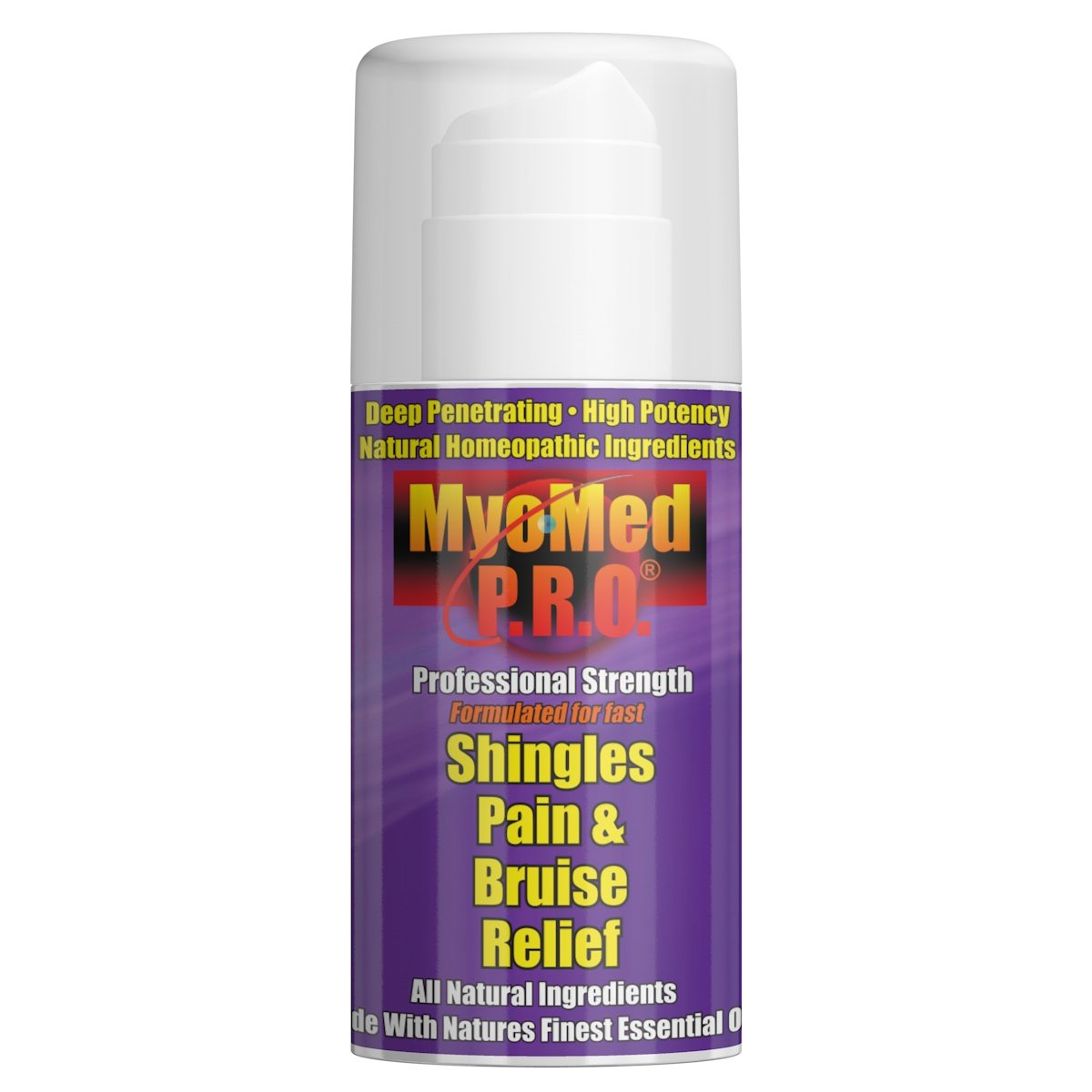 |
Complications of shingles
In many people, shingles gets better without any complications. However, in others, several complications can occur. These include:
- ongoing pain from post-herpetic neuralgia. This is less common in younger people
- shingles occurring in the eye area could result in temporary or permanent vision loss. If you do have shingles in your eye, your doctor may refer you to an eye specialist for treatment
- the shingles rash could become infected and antibiotics may be needed
Common Shingles Rash Treatment for Pain Relief
Shingles is a viral infection that can be extremely painful. If not treated properly, rashes and blisters on the affected area may lead to blindness, deafness, or other serious complications. Studies have shown that adults age 60 or older are eight to ten times more likely to get shingles than people of a younger age due to a weaker immune system.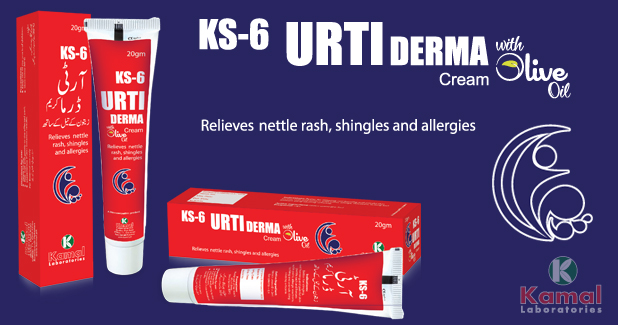 It is common for older individuals affected with shingles to have lasting nerve pain, a sensation that is similar to being electrocuted or burned.
It is common for older individuals affected with shingles to have lasting nerve pain, a sensation that is similar to being electrocuted or burned.
How long will shingles last? Will taking shingles medication help with permanent health problems? There is only a 72-hour window of opportunity to get the most effective treatment, so time is of the essence!
You Have a 30% Chance of Developing Shingles During Your Lifetime: Your Risk Increases as You Age
Herpes zoster, commonly known as “shingles”, is caused by the varicella-zoster virus. If you had chickenpox before, your body will have produced antibodies to fight against the virus. The virus will stay dormant in your nerve tissue. Your immunity decreases as you age, so the virus could be reactivated as shingles with symptoms of rashes and blisters on your body .
Studies suggest that people who have had chickenpox will have approximately a 30% chance of developing shingles. For those who had chickenpox in Hong Kong, the chance of developing shingles could be as high as 95% . You are still at risk of contracting the virus from people with shingles through the fluids from their blisters, even if you never had chickenpox .
For those who had chickenpox in Hong Kong, the chance of developing shingles could be as high as 95% . You are still at risk of contracting the virus from people with shingles through the fluids from their blisters, even if you never had chickenpox .
Shingles is common in adults 40 to 50 years of age and older. Eating an imbalanced diet or physical, mental, and emotional stress may trigger the infection. People with a weakened immune system, such as the elderly, are eight to ten times more likely to get infected than younger people. People with chronic diseases such as diabetes or hypertension are two to four times more likely to get shingles . Elderly people with chronic diseases often mistake shingles for eczema, only to receive shingles treatment from their doctors too late. Delayed treatment greatly increases the risk of developing permanent shingles-related health issues.
The Golden 72-hour Window for Shingles Treatment and Shingles Pain Relief – Course of Treatment Complete in 7 to 10 Days
You should seek medical help as soon as possible within the first 72 hours of developing a rash. Common shingles medication such as Acyclovir, Famciclovir, Valaciclovir is best taken within the first 48 hours of contracting shingles . The medication works to suppress the virus, stop the growth of shingles rashes, and minimize the chance of developing postherpetic neuralgia (nerve damage and pain after the outbreak of shingles).
Common shingles medication such as Acyclovir, Famciclovir, Valaciclovir is best taken within the first 48 hours of contracting shingles . The medication works to suppress the virus, stop the growth of shingles rashes, and minimize the chance of developing postherpetic neuralgia (nerve damage and pain after the outbreak of shingles).
Understandably, affected individuals want the infection gone as soon as possible since the itching and pain from shingles are often unbearable. However, shingles treatment should not be rushed and will require a lot of patience as it can take seven to ten days. Once you have contracted shingles, make sure to pay your doctor a visit so they can help you get the proper treatment. During treatment, your doctor will usually prescribe an oral and topical medication for pain relief. If your symptoms are severe, your doctor may also prescribe sleep medication to help you sleep.
Shingles Complications: Shooting Pains and Weak Immune System Due to Advanced Age
The infection could be very hard to manage if large blisters appear around the rash and treatment is not received within the 72-hour window. At this stage the blisters may be easily broken, leading to health problems such as lesions, pink-eye disease, acute keratitis, blindness, deafness, or other serious repercussions.
At this stage the blisters may be easily broken, leading to health problems such as lesions, pink-eye disease, acute keratitis, blindness, deafness, or other serious repercussions.
According to medical journal research, around 12.5% of people aged 50 or above with shingles will have postherpetic neuralgia. Those affected may occasionally have sensations of shooting, tingling, or burning pain; something as simple as clothing on the skin may trigger pain. The pain may last for months or even years.
The main cause of postherpetic neuralgia is the delayed treatment of shingles, leading to damaged and sensitive nerves. Not only will post-shingles nerve pain affect the individual physically, but it can also affect emotional health, leading to an overall decreased quality of life. Currently, no single drug can effectively treat postherpetic neuralgia. Affected individuals often need to take a combination of medicine to treat the pain .
Familiarize Yourself with the Symptoms of Shingles and Get Vaccinated
Those with weak immune systems, the elderly, or chronically ill individuals are among those who are at high risk for contracting shingles. If you are in the high-risk group and notice symptoms of shingles, you should seek medical attention immediately. Individuals who begin treatment should finish the entire course of medication to lower the risk of shingles-related complications.
If you are in the high-risk group and notice symptoms of shingles, you should seek medical attention immediately. Individuals who begin treatment should finish the entire course of medication to lower the risk of shingles-related complications.
Symptoms of shingles include:
– A stripe of rashes with blisters on the skin, commonly on the back, waist, or chest area
– Initial sensations of pain, and subsequent numbness, burning, and itchiness
– Cold-like symptoms: fatigue, headache, upset stomach, fever, etc.
The best measure to take against shingles is prevention in the form of a varicella-zoster vaccination. The vaccination offers protection against shingles for up to ten years. People who are age 50 or above, especially those who are advanced in age or have chronic illnesses should consider getting vaccinated as soon as possible for extra protection.
Dr. Jason Fong Ka Yeung
Jason Fong Ka Yeung
Specialist in Neurology
Shingles (mate huaketo hei) | Health Navigator NZ
Shingles (mate huaketo hei) is a painful, itchy skin rash that usually appears on your chest, but can also affect your trunk, back, legs or face. It’s more common in older adults and people with weakened immune systems. Treatment works best within 2 to 3 days of the rash appearing.
Key points about shingles
- About 1 out of every 3 people will get shingles in their lifetime, with the risk rising to 1 in 2 for adults who live to 85 years old.
- Shingles is caused by the same virus (varicella zoster) that causes chickenpox.
- See your doctor straight away (within 48 hours) if you think you have shingles.
- Complications include long-term pain after the rash has healed, and possible eye or ear damage if the rash is on your face.
- Antiviral medication can reduce the risk of complications.

- Vaccination with the shingles vaccine can reduce your risk of shingles and the long-term pain it can cause.
What causes shingles?
If you have been infected with the varicella zoster virus, you will most likely get chickenpox. Symptoms may be very mild or severe. When you recover from chickenpox, the virus stays in your body – it ‘hides out’ in your spinal nerve cells and can lie dormant (inactive) for many years.
You develop shingles when this dormant virus is reactivated. This can happen if your immunity is lowered, such as by cancer treatment, HIV or ageing or other illnesses, such as rheumatoid arthritis and type 2 diabetes or during times of stress.
Is shingles contagious?
You can’t catch shingles from someone with it or from someone with chickenpox.
However, you can catch chickenpox from someone with shingles if you haven’t had chickenpox before. The shingles blisters contain a live virus. If you have never had chickenpox and make direct contact with an open blister or something with the fluid on it, you can contract the virus and develop chickenpox.
A person with shingles is not infectious before the blisters appear or once the rash has developed crusts.
What are the symptoms of shingles?
Once the virus has been reactivated, it multiplies, spreads and causes pain along the path of the nerve that is infected, which may be on your chest, back, legs or face but on one side of your body only. The infection usually has 3 stages.
| Stages of the illness | Description |
|---|---|
| Stage 1 | Pain that usually occurs 1 to 4 days before the rash appears.
|
| Stage 2 | A rash that lasts for about 7 to 10 days.
|
| Stage 3 | Resolution, which takes about 2 to 4 weeks.
|
How is shingles diagnosed?
To diagnose shingles, your doctor will ask you about your symptoms and also do an examination. Some people may have pain with no rash or rash with no pain. In such cases, a blood test may be needed to confirm the diagnosis.
See your doctor as soon as you think you may have shingles. This should be within 48–72 hours of the rash first appearing, so you can be given antiviral medication to reduce the risk of complications. The earlier that antiviral medication is given, the more effective it is. If it is a holiday period, go to an afterhours clinic.
How is shingles treated?
The treatment for shingles helps to reduce the severity of the rash and its duration and to manage the pain. There are a few things that you can do to ease your symptoms. Antiviral medicines help to fight the virus and other medications can be used to manage the pain.
Self-care for shingles
- Keep the affected area clean and dry.
 Simple absorbent dressings can be used to cover the rash; this will help to prevent passing it on. Sticky (adhesive) dressings should not be used as they can slow healing and cause irritation. Antiseptics should not be used due to a lack of evidence that they are effective. A damp cool cloth on the affected area may relieve itchiness and pain.
Simple absorbent dressings can be used to cover the rash; this will help to prevent passing it on. Sticky (adhesive) dressings should not be used as they can slow healing and cause irritation. Antiseptics should not be used due to a lack of evidence that they are effective. A damp cool cloth on the affected area may relieve itchiness and pain. - Do not scratch the blisters – scratching can spread the virus and cause scarring. Calamine lotion is sometimes used to relieve the itch, but there is limited information on its effectiveness.
- Avoid direct contact with other people, particularly immuno-compromised people, infants aged under one year and pregnant women.
- It is possible to get shingles more than once.
Antiviral medications
Your doctor may prescribe an antiviral medication, such as valaciclovir or aciclovir, depending on your age, how long it has been since the rash started and how badly you are affected.
Antiviral medication can reduce the severity and the duration of pain associated with shingles. Antiviral treatment helps by slowing the multiplying virus. It’s best if it’s started within 3 days of the rash and is usually continued for 7 to 10 days, but it may be started up to 7 days after the rash first appears.
Antiviral treatment helps by slowing the multiplying virus. It’s best if it’s started within 3 days of the rash and is usually continued for 7 to 10 days, but it may be started up to 7 days after the rash first appears.
Medications for pain
Pain from shingles can happen during the infection (called acute pain) or may continue for months to years afterward (called post-herpetic neuralgia).
Acute pain
The choice of pain relief will depend on the severity of the pain. For mild-to-moderate pain, paracetamol or a non-steroidal anti-inflammatory drug (NSAID), such as ibuprofen, is best. If this is not effective, or for moderate-to-severe pain, stronger pain relievers such as codeine, tramadol, morphine, tricyclic antidepressants and gabapentin may be used. Read more about pain relief medications.
Post-herpetic neuralgia (ongoing pain)
About 1 in every 3 people who have had shingles go on to have pain that lasts for months or years after the rash has gone. This is a type of nerve pain or neuropathic pain. The choice of pain relief will depend on the severity of the pain.
This is a type of nerve pain or neuropathic pain. The choice of pain relief will depend on the severity of the pain.
- Generally, for mild pain, your doctor may prescribe capsaicin cream, where a small amount of cream is rubbed onto the painful area of your skin 3 to 4 times a day. It is only applied on healed skin and not on blisters as it can cause a painful burning feeling.
- For moderate-to-severe pain, your doctor may prescribe pain relievers such as amitriptyline, nortriptyline or gabapentin. If this does not relieve your pain, then stronger pain relievers may be considered, but referral to a pain management specialist may also be needed.
Read more about post-herpetic neuralgia.
How is shingles prevented?
In New Zealand, shingles vaccine (called Zostavax) is available for people over the age of 50. It reduces the risk of getting shingles and its complications – you may still get shingles but the symptoms are usually less severe and post-herpetic neuralgia is less likely.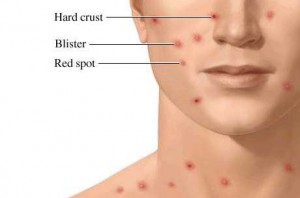
- In New Zealand, one dose of the shingles vaccine is funded for people aged 65 years, or for people aged between 66 and 80 years inclusive from 1 April 2018 and 31 December 2021.
- Some people aged under 65 years who are at increased risk of shingles may also want to think about having the vaccination, although it is not funded for this group. You are at increased risk of shingles if you have a weakened immune system, rheumatoid arthritis, COPD, asthma and diabetes. Read more about shingles vaccine.
Learn more
The following links provide more information on shingles.
Shingles Ministry of Health, NZ, 2012
Shingles NIH Senior Health
Shingles (herpes zoster) DermNet NZ
References
- Zoster (herpes zoster/shingles) Immunisation Handbook, NZ, 2020
- The diagnosis and management of herpes zoster and its complications BPAC, NZ, 2014
Reviewed by
|
Angela is a pharmacist in the Quality Use of Medicines Team at Waitematā District Health Board.
|
Pain after shingles
About 1 in every 3 people who have had shingles go on to have pain that lasts for months or years after the rash has gone. The medical term for having pain after shingles infection has cleared up is postherpetic neuralgia.
The exact reason why some people get ongoing pain after shingles is not fully understood. We know that shingles causes inflammation of the nerve and that pain can be expected while you have the rash. It is thought that postherpetic neuralgia may be related to the scar tissue next to the nerve or in the nearby part of the spinal cord that may cause pain messages to be sent to the brain.
What are the symptoms of postherpetic neuralgia?
Postherpetic neuralgia is pain that occurs months or years after you have had shingles.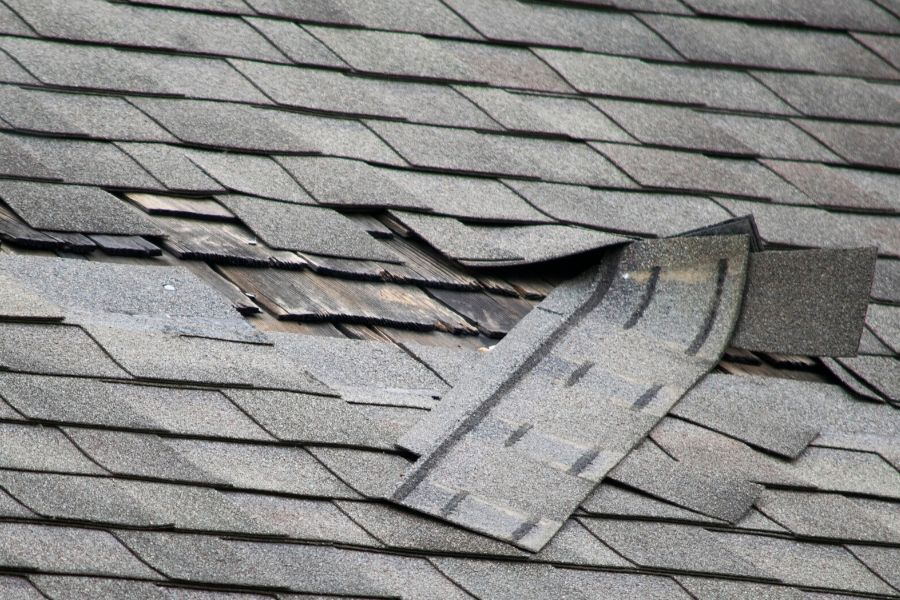
- It happens in the area of your skin where the shingles infection first occurred.
- This is most commonly in a band around your body, usually on one side of your body.
- The pain is described as burning, sharp and jabbing, or deep and aching.
- People with the condition often can’t bear even the touch of clothing on the affected skin as they are sensitive to light touch.
- Sometimes postherpetic neuralgia can produce an itchy feeling or numbness.
Who is at risk of postherpetic neuralgia?
You are at greater risk of getting postherpetic neuralgia if you:
- are older than 50 years – the older you are, the more likely it is to occur
- have had shingles on your face or chest area
- had a severe rash and severe pain during the shingles infection
- have other illnesses such as diabetes
- have not had the shingle vaccine (also called zoster vaccination) – zoster vaccination reduces the risk of developing postherpetic neuralgia following shingles.
 Read more about shingles vaccine
Read more about shingles vaccine - have not had antiviral treatment within 72 hours after your rash appeared.
Postherpetic neuralgia is rare in people aged under 50 and if it does occur it tends to be mild.
How is postherpetic neuralgia treated?
Postherpetic neuralgia is a type of nerve pain or neuropathic pain. Regular painkillers like paracetamol and ibuprofen are not likely to be helpful. The following medications have been found to be helpful:
Capsaicin cream
Capsaicin cream is rubbed onto the painful area of your skin 3–4 times a day. It is only applied on healed skin and not on blisters as it can cause a painful burning feeling. Capsaicin is thought to work by blocking nerves from sending pain messages. Read more about capsaicin cream.
Antidepressants and gabapentinoids
Antidepressants (such as amitriptyline and nortriptyline) and gabapentinoids (such as gabapentin and pregabalin) have been found to be helpful in relieving nerve pain.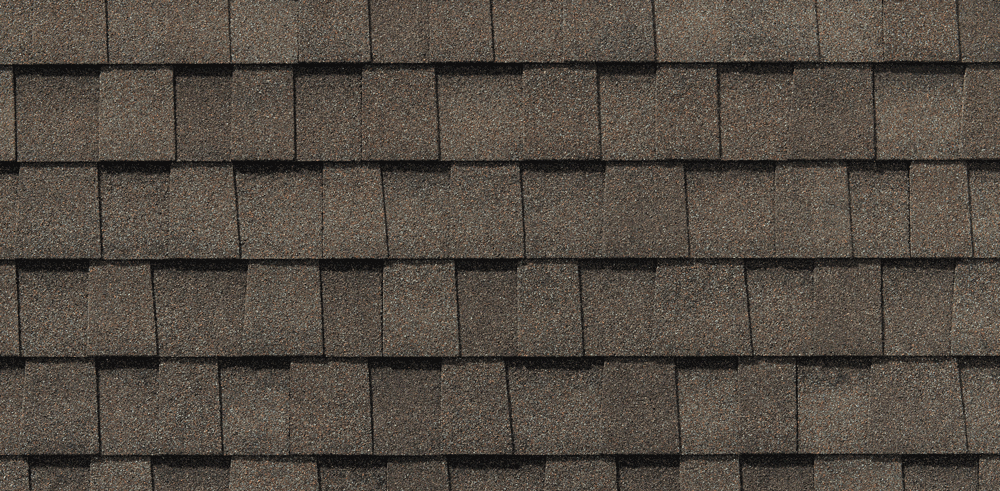 These usually ease the pain within a few days; however, it may take 2–3 weeks to ease and it can take several weeks before you have full benefit. Some people give up on their treatment too early. It is best to continue for at least 4-6 weeks to see how well the medication is working.
These usually ease the pain within a few days; however, it may take 2–3 weeks to ease and it can take several weeks before you have full benefit. Some people give up on their treatment too early. It is best to continue for at least 4-6 weeks to see how well the medication is working.
If the medication works, it is usual to take it for a further month after the pain has gone or eased. After this, the dose is gradually reduced and then stopped. Read more about nerve pain, amitriptyline, nortriptyline, gabapentin and pregabalin.
Does the pain go away?
Usually, in about 5 in 10 people with postherpetic neuralgia, the pain goes away by about 3 months. However, without treatment, about 3 in 10 people with postherpetic neuralgia still have pain after a year. Some people have a slow improvement over a long period of time. A small number of people do not have any improvement over time without any treatment. If your pain is ongoing and not relieved with antidepressants or gabapentinoids, you may be referred to a pain management specialist.
Learn more
Postherpetic neuralgia Patient Info, UK, 2020
Shingles Treatments – Capitol Pain Institute
Shingles What are Shingles and what are the symptoms? Shingles are a very painful skin condition caused by the varicella zoster virus (VZV – the same virus that causes chickenpox) that will affect approximately 1 out of 3 people in their lifetime. Shingles usually starts with itching, tingling, and pain on one side of the body. It most often occurs in the trunk, but may affect the leg or even the face. A very typical blistering rash forms on the skin in the same region 1 to 5 days after the initial symptoms (itching, tingling, pain). The shingles rash will then scab over in about a week and clear up in 2-4 weeks. Associated symptoms may include fever, headache, chills, and upset stomach. Prevention There is now a vaccine to protect against shingles. The CDC recommends that all patients over the age of 60 receive the vaccine. Treatment The primary treatment for shingles is an antiviral medication (acyclovir, valacyclovir, or famciclovir) to directly treat the virus. These medications are most effective when taken immediately after the onset of the rash. Use of these medications also may help prevent post-herpetic neuralgia (severe pain even after the shingles rash goes away). Other treatments may include medications for pain, including NSAIDS, acetaminophen, hydrocodone, or other similar pain relievers. Nerve pain medications such as tricyclic antidepressants or anticonvulsants may also help control the pain from shingles. If the pain is extremely severe, a nerve block with injected steroids may be recommended by your Austin pain management doctor to help control your pain. Oral steroids have also been used to reduce inflammation from shingles and may help reduce the risk of post-herpetic neuralgia. Risk of Transmission The varicella virus is highly contagious, so patients with active shingles should avoid pregnant women, children, and infants who have not had chickenpox, and people who are immune deficient (like those with cancer, HIV, or who have received an organ transplant).
Treatment The primary treatment for shingles is an antiviral medication (acyclovir, valacyclovir, or famciclovir) to directly treat the virus. These medications are most effective when taken immediately after the onset of the rash. Use of these medications also may help prevent post-herpetic neuralgia (severe pain even after the shingles rash goes away). Other treatments may include medications for pain, including NSAIDS, acetaminophen, hydrocodone, or other similar pain relievers. Nerve pain medications such as tricyclic antidepressants or anticonvulsants may also help control the pain from shingles. If the pain is extremely severe, a nerve block with injected steroids may be recommended by your Austin pain management doctor to help control your pain. Oral steroids have also been used to reduce inflammation from shingles and may help reduce the risk of post-herpetic neuralgia. Risk of Transmission The varicella virus is highly contagious, so patients with active shingles should avoid pregnant women, children, and infants who have not had chickenpox, and people who are immune deficient (like those with cancer, HIV, or who have received an organ transplant). If you have shingles, your Austin Pain Management doctor at Capitol Pain Institute can help! Please call our office at 512-467-7246 to schedule an appointment or contact us now by email to request an appointment.
If you have shingles, your Austin Pain Management doctor at Capitol Pain Institute can help! Please call our office at 512-467-7246 to schedule an appointment or contact us now by email to request an appointment.
Recent Posts
How to Treat Shingles – Affiliated Dermatologists of Virginia
If you have ever had chickenpox, or been vaccinated for it, you are at risk for getting shingles – a painful, blistering rash. This is because after the chickenpox clears, the virus stays in the body. If the virus reactivates, or wakes up, you could get shingles.
Although shingles is much less contagious and itchy than chickenpox, it tends to cause more pain. In addition, although the shingles rash usually clears in a few weeks, some people can experience pain, numbness, itching and tingling that can last months or even years.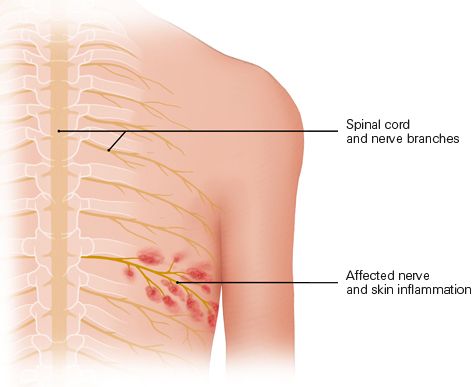
According to dermatologists from the American Academy of Dermatology (Academy), common signs and symptoms of shingles include:
- An area of skin that burns, itches, tingles or feels very sensitive: This usually occurs in a small area on one side of the body and lasts one to three days.
- A rash that begins as red spots and quickly turns into groups of clear, painful blisters: These may turn yellow or bloody before they scab over and heal.
- Flu-like symptoms: A fever or headache may occur with the rash.
- Pain: Sometimes, the pain is bad enough for a doctor to prescribe medication. The pain tends to lessen once the blisters heal, which can take two to three weeks.
To help relieve shingles pain and discomfort, the Academy recommends the following tips:
- See a board-certified dermatologist as soon as symptoms appear. A dermatologist may prescribe anti-viral medicine and a medicine to help reduce the pain more quickly.
 When used within 72 hours of the rash appearing, these medications may make symptoms milder and shorter.
When used within 72 hours of the rash appearing, these medications may make symptoms milder and shorter. - Cool the rash with ice packs, cool wet cloths, or cool baths.
- Gently apply calamine lotion to the rash and blisters. Never pick at, scratch or pop the blisters, as the fluid within the blisters can be contagious and blisters help your skin heal.
- Cover the rash with loose, non-stick, sterile bandages.
- Wear loose, cotton clothing around the body parts that hurt.
If you suspect you have shingles, avoid contact with women who are pregnant and anyone who has not had chickenpox or has not been vaccinated, and see a board-certified dermatologist right away.
According to the Centers for Disease Control and Prevention, nearly one million Americans experience shingles each year, and the disease is most common in older adults. A vaccine, which can help prevent shingles, is available to people ages 50 and older, and it is recommended by dermatologists.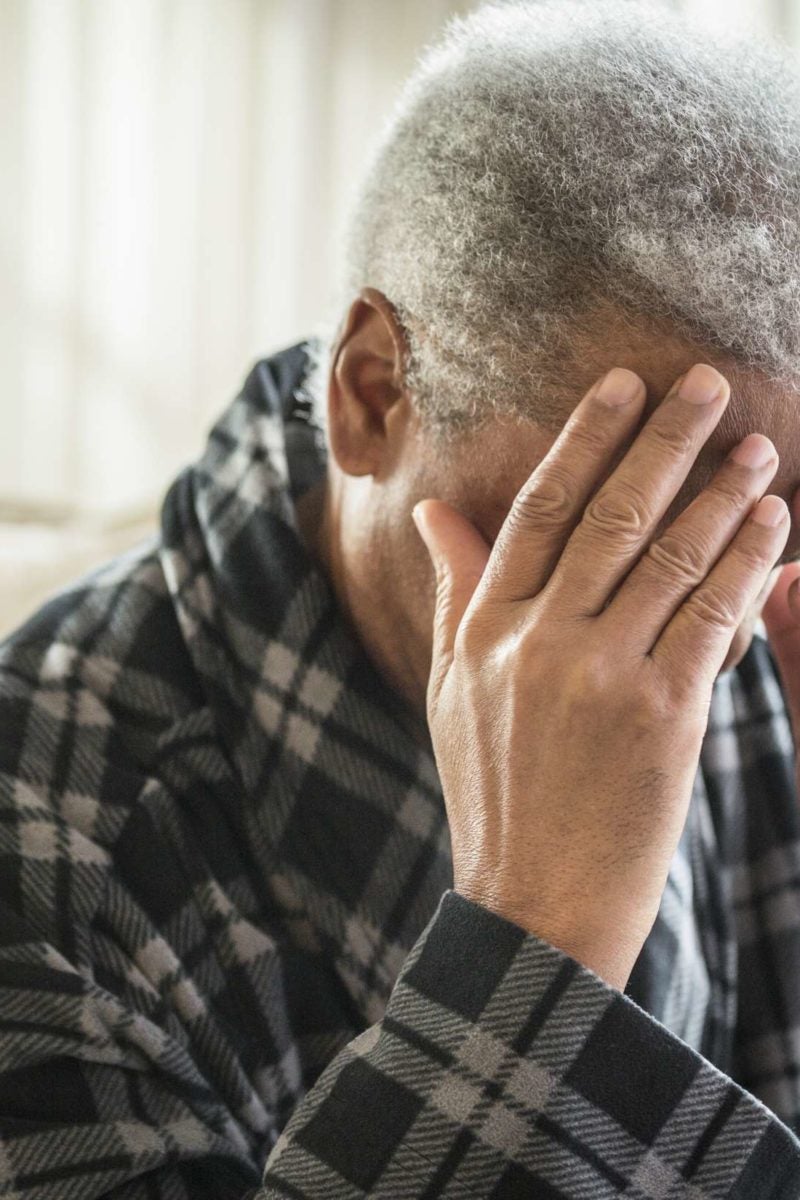
© 2019 American Academy of Dermatology. All rights reserved. Reproduction or republication strictly prohibited without prior written permission. Use of these materials is subject to the legal notice and terms of use located at https://www.aad.org/about/legal
How to Treat Shingles – Dermatologist in Dartmouth, MA
If you have ever had chickenpox, or been vaccinated for it, you are at risk for getting shingles – a painful, blistering rash. This is because after the chickenpox clears, the virus stays in the body. If the virus reactivates, or wakes up, you could get shingles.
Although shingles is much less contagious and itchy than chickenpox, it tends to cause more pain. In addition, although the shingles rash usually clears in a few weeks, some people can experience pain, numbness, itching and tingling that can last months or even years.
According to dermatologists from the American Academy of Dermatology (Academy), common signs and symptoms of shingles include:
- An area of skin that burns, itches, tingles or feels very sensitive: This usually occurs in a small area on one side of the body and lasts one to three days.

- A rash that begins as red spots and quickly turns into groups of clear, painful blisters: These may turn yellow or bloody before they scab over and heal.
- Flu-like symptoms: A fever or headache may occur with the rash.
- Pain: Sometimes, the pain is bad enough for a doctor to prescribe medication. The pain tends to lessen once the blisters heal, which can take two to three weeks.
To help relieve shingles pain and discomfort, the Academy recommends the following tips:
- See a board-certified dermatologist as soon as symptoms appear. A dermatologist may prescribe anti-viral medicine and a medicine to help reduce the pain more quickly. When used within 72 hours of the rash appearing, these medications may make symptoms milder and shorter.
- Cool the rash with ice packs, cool wet cloths, or cool baths.
- Gently apply calamine lotion to the rash and blisters.
 Never pick at, scratch or pop the blisters, as the fluid within the blisters can be contagious and blisters help your skin heal.
Never pick at, scratch or pop the blisters, as the fluid within the blisters can be contagious and blisters help your skin heal. - Cover the rash with loose, non-stick, sterile bandages.
- Wear loose, cotton clothing around the body parts that hurt.
If you suspect you have shingles, avoid contact with women who are pregnant and anyone who has not had chickenpox or has not been vaccinated, and see a board-certified dermatologist right away.
According to the Centers for Disease Control and Prevention, nearly one million Americans experience shingles each year, and the disease is most common in older adults. A vaccine, which can help prevent shingles, is available to people ages 50 and older, and it is recommended by dermatologists.
© 2019 American Academy of Dermatology. All rights reserved. Reproduction or republication strictly prohibited without prior written permission. Use of these materials is subject to the legal notice and terms of use located at https://www.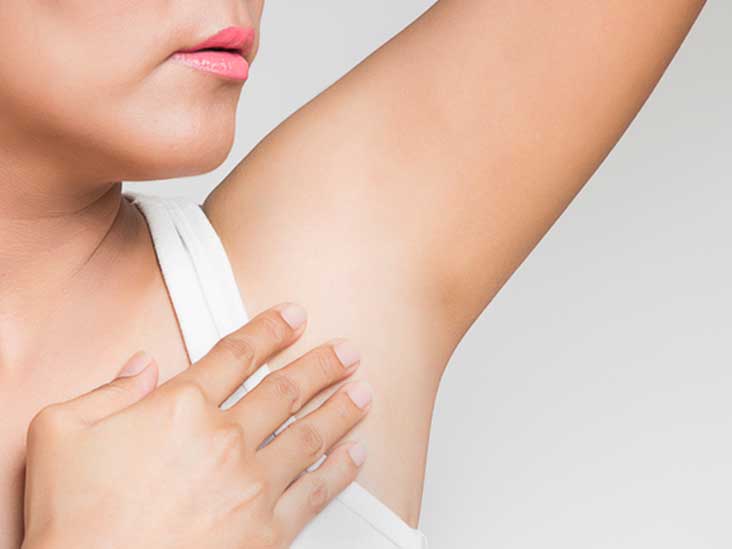 aad.org/about/legal
aad.org/about/legal
90,000 Shingles (herpes zoster) in children – Into-Sana
Shingles (herpes zoster) in children – a disease caused by the chickenpox virus and manifested by the presence of characteristic vesicular eruptions along the individual sensory nerves, intoxication and pain syndrome organism.
A prerequisite for the development of the disease is infection with the Varicella Zoster virus. After the transferred chickenpox, stable immunity is formed, but the virus does not disappear from the body.It settles in the intervertebral ganglia (nerve nodes) and persists there for a long time in a “dormant” state without clinical manifestations. The disease can occur with a decrease in immunity, stress, neoplasms, leukemia. The virus re-activates and manifests itself already in the form of shingles. Children under 10 years of age do not get shingles.
Herpes zoster has different forms, differs in the severity of the process, may be accompanied by complications.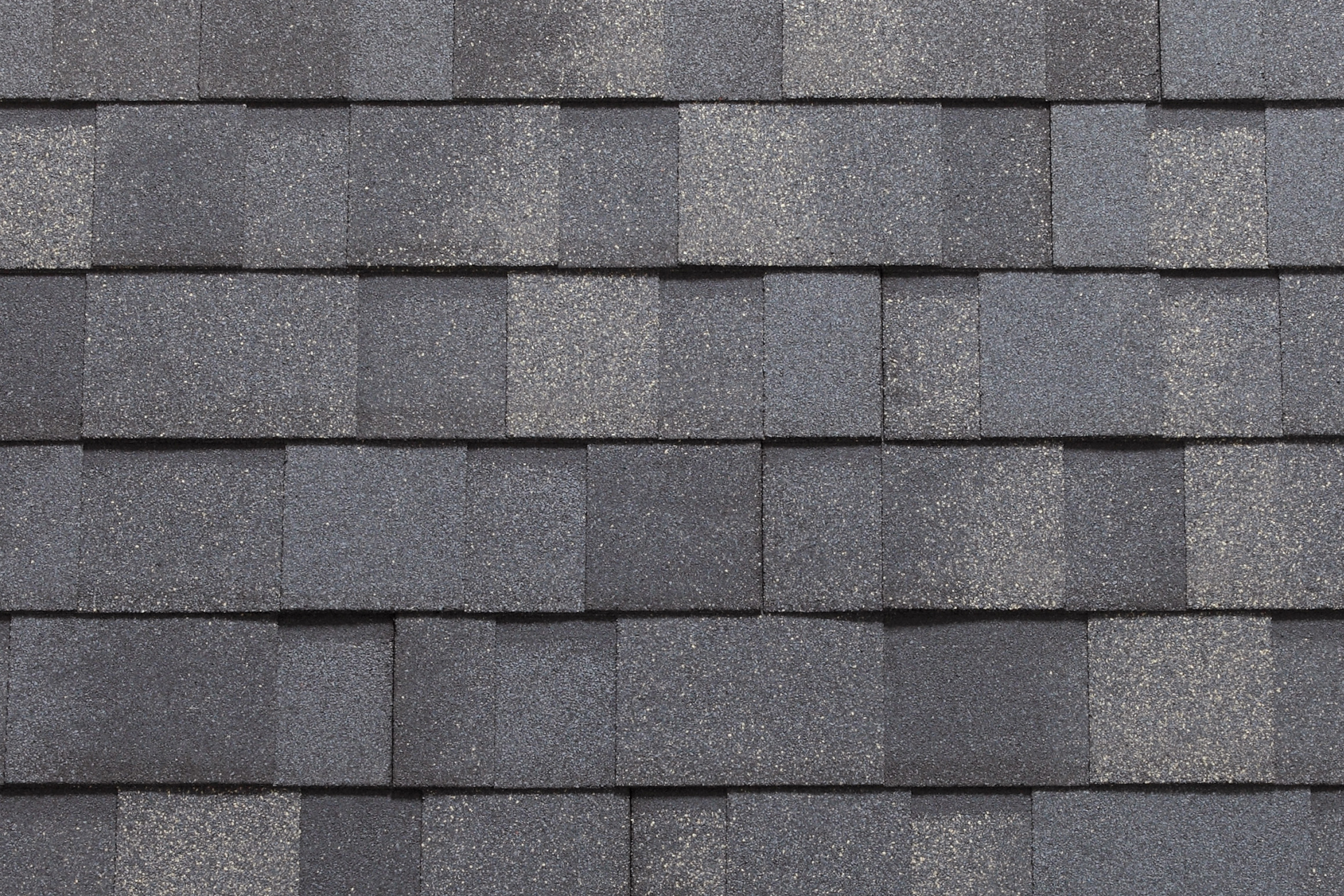 Heavy (complicated) forms include:
Heavy (complicated) forms include:
It is also customary to distinguish between shingles by localization – it depends on which nerve zone of innervation is affected by the pathological process.
Symptoms
The main symptom of herpes zoster is a rash on one half of the body, often along the intercostal nerves and branches of the trigeminal nerve. Already in the first days of the disease, pain syndrome is pronounced, often even before skin rashes appear. Children complain of burning, numbness, tingling, severe itching at the site of future erythematous papules and vesicles.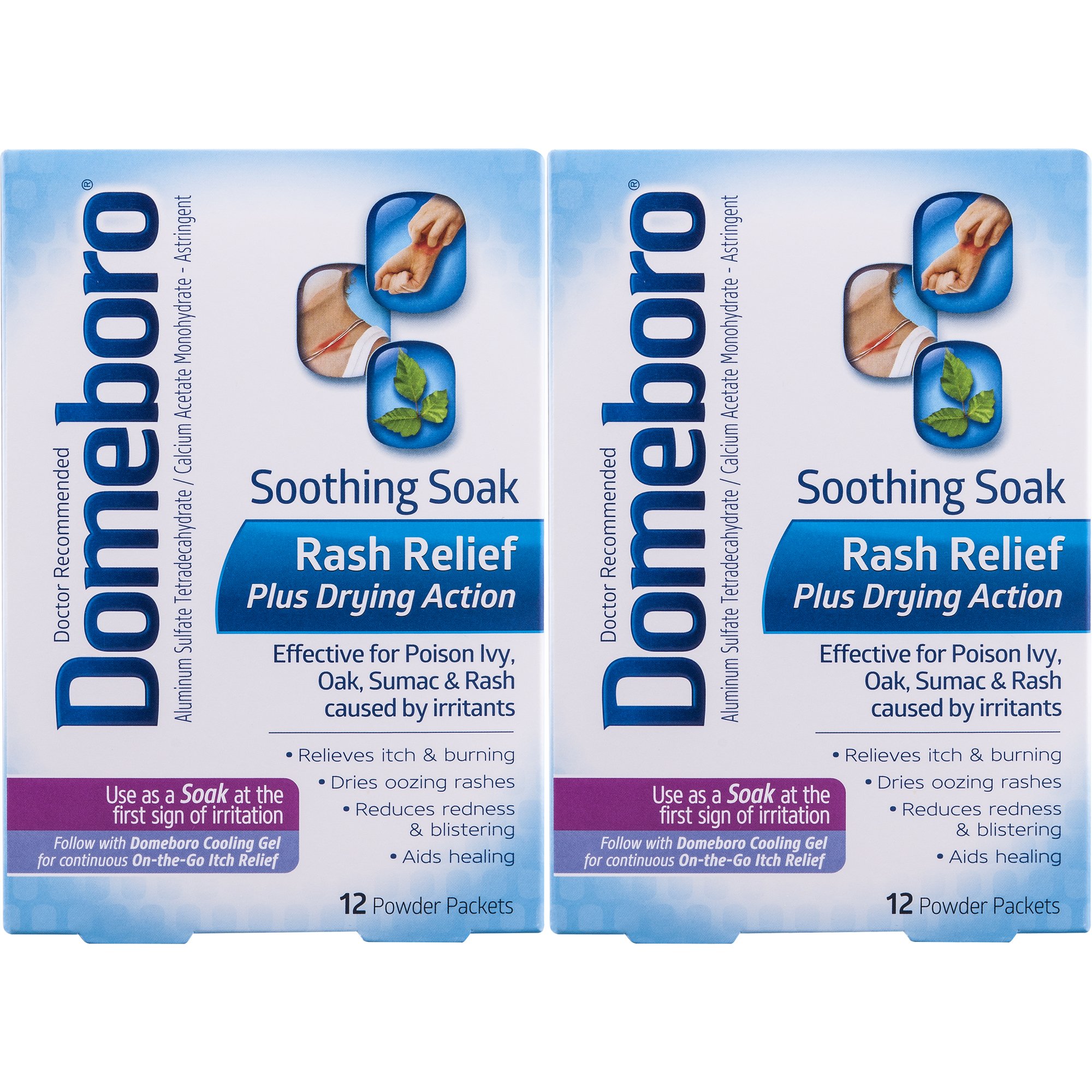 On the part of the pathological process in the affected area, an increase in lymph nodes is usually observed.
On the part of the pathological process in the affected area, an increase in lymph nodes is usually observed.
In most children, already in the prodromal period (at the onset of the disease), general infectious symptoms appear – fever, general weakness, headaches, and sometimes nausea. Local manifestations in the form of a rash are also characteristic, which with shingles is characterized by stages: first, small edematous spots appear on the skin, papules form against them within 3-4 days, and then bubbles.The rashes may coalesce. After 7 days from the onset of the disease, the bubbles dry up, crusts are formed that fall off on their own, after which a slight pigmentation remains. The process most often involves only one side of the body.
Diagnostics
In the vast majority of cases, the diagnosis of shingles in children is straightforward. Typical unilateral localization of the rash along the nerve trunks, intoxication and a well-collected anamnesis (previously transferred chickenpox) give the doctor the right to make the final diagnosis already at the initial examination.
However, for patients with severe immune disorders, the spread of the lesion to internal organs or with an abortive course of the disease, laboratory diagnostics are shown to clarify the diagnosis. A general blood test is mandatory – changes in it will confirm the presence of an infectious process.
Modern methods of specific diagnostics of herpes zoster include ELISA (enzyme-linked immunosorbent assay), with the help of which immunoglobulins M for herpesvirus type 3 are found in the blood.Also highly informative research is PCR (polymerase chain reaction), with the help of which viral DNA is found in the blood. An older method is microscopy of the contents of the vesicles, where specific Aragao bodies are found.
Treatment
Treatment of sick children can be carried out on an outpatient basis (at home). Children with severe forms of the disease or with complications (phlegmon, encephalitis, etc.) are hospitalized. The appointment of antiviral drugs is necessary for children with immunodeficiency conditions or in severe forms of the disease.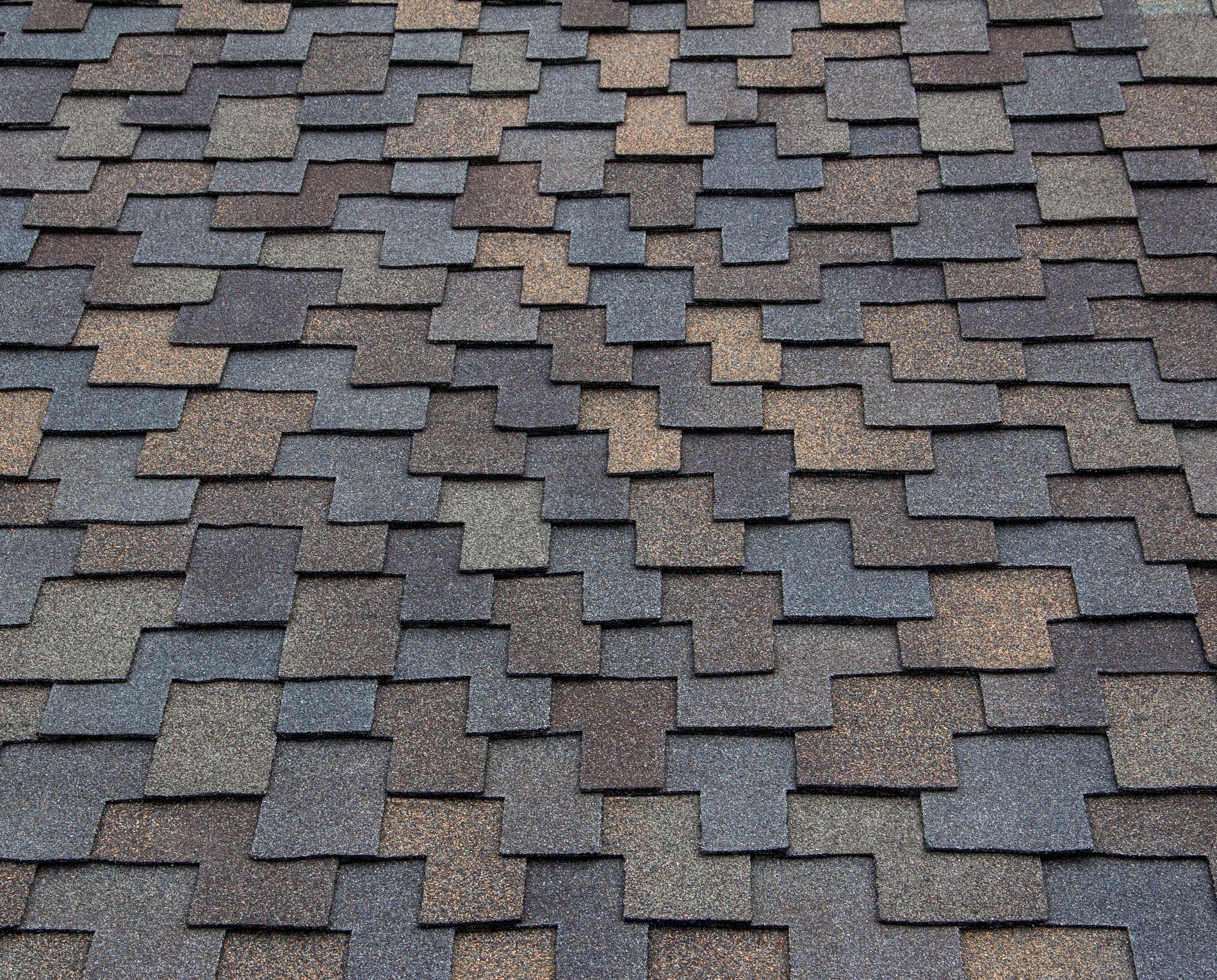 Local treatment is carried out using salicylates and antiseptics. To relieve pain, analgesics and physiotherapy treatments are used.
Local treatment is carried out using salicylates and antiseptics. To relieve pain, analgesics and physiotherapy treatments are used.
Consequences
The most formidable complications are herpetic meningitis or meningoencephalitis, which in turn can lead to the formation of residual focal symptoms in the form of paresis, paralysis of the limbs, muscle tone, speech, vision, sensitivity, and mental changes.
In addition, Ramsey-Hunt syndrome is a serious complication.At its core, it is a combination of herpes zoster ear with unilateral hearing impairment, peripheral paresis of the facial muscles of the face, nystagmus and impaired taste sensations as a result of viral ganglioneuritis of the auditory, facial and trigeminal nerves.
In very weak children with reduced immunoreactivity of the body, dissemination of the infectious process can occur with damage to internal organs – the heart, lungs, liver.
In addition, postherpetic neuralgia may develop, which is accompanied by prolonged pain and sensory disturbances in the affected area. Fortunately, this complication rarely develops in children.
Fortunately, this complication rarely develops in children.
Prevention
A child with herpes zoster should be isolated at home for at least 5 days after the last rash. If a child has a severe or complicated form of the disease, he must be hospitalized. Such children are placed in Meltzer’s box.
If children under 3 years of age who have not previously tolerated the disease have come into contact with the patient, they are isolated from 11 to 21 days from the moment of contact.The virus is unstable, therefore final disinfection at the site of infection is not required. After isolating a sick child, the room needs to be ventilated, and wet cleaning is also done.
Vaccination of healthy children against chickenpox is a specific prophylaxis against shingles.
Forecast
In most cases, the prognosis after infection is favorable. The child recovers completely. Relapses of the disease may occur. The adverse effects of herpes zoster occur after complicated forms such as encephalitis and meningoencephalitis.
It should be remembered that a child with herpes zoster is dangerous to others who have not had chickenpox before. In case of infection, the infection will manifest itself in the form of chickenpox.
Herpes zoster
Herpes zoster is a dermatological disease of a viral nature, which also manifests itself in lesions of the nervous system. Therefore, both a dermatologist and a neurologist are involved in the treatment of this disease in official medicine.But since, in addition to eliminating symptoms, there is a need to strengthen immunity, an immunologist is often involved in therapy. Herpes zoster is an extremely unpleasant disease, fraught with secondary infection. According to statistics, about 90% of the population is infected with this virus, but it manifests itself in an active form in 5-10% in case of a failure of the immune system and under the action of other negative factors.
Reasons
Herpes occurs against the background of a strong immunodeficiency state (with colds, infections, serious illnesses, etc. )and is manifested by the rash of herpetic vesicles along the course of some nerves. The causative agent of the disease is the herpes-zoster virus, which is the third organism in its family. A person gets the first infection with the virus in childhood, when they get chickenpox. After recovery, the virus does not leave the body, but remains in the peripheral nerve nodes, where it lives for decades, hiding from immunity and not showing itself in any way.
)and is manifested by the rash of herpetic vesicles along the course of some nerves. The causative agent of the disease is the herpes-zoster virus, which is the third organism in its family. A person gets the first infection with the virus in childhood, when they get chickenpox. After recovery, the virus does not leave the body, but remains in the peripheral nerve nodes, where it lives for decades, hiding from immunity and not showing itself in any way.
Symptoms of the disease appear on various parts of the body; on the face, limbs, genitals, lumbar back, they look like a rash, which is accompanied by itching and soreness.With a weakened immune system and depressed emotional state, the disease can take on a chronic form and have a strong negative impact on the quality of life.
Treatment
Strengthening the immune system and giving up bad habits will help to avoid recurrence of herpes zoster. It is necessary to control the emotions of stress and anger and get adequate sleep.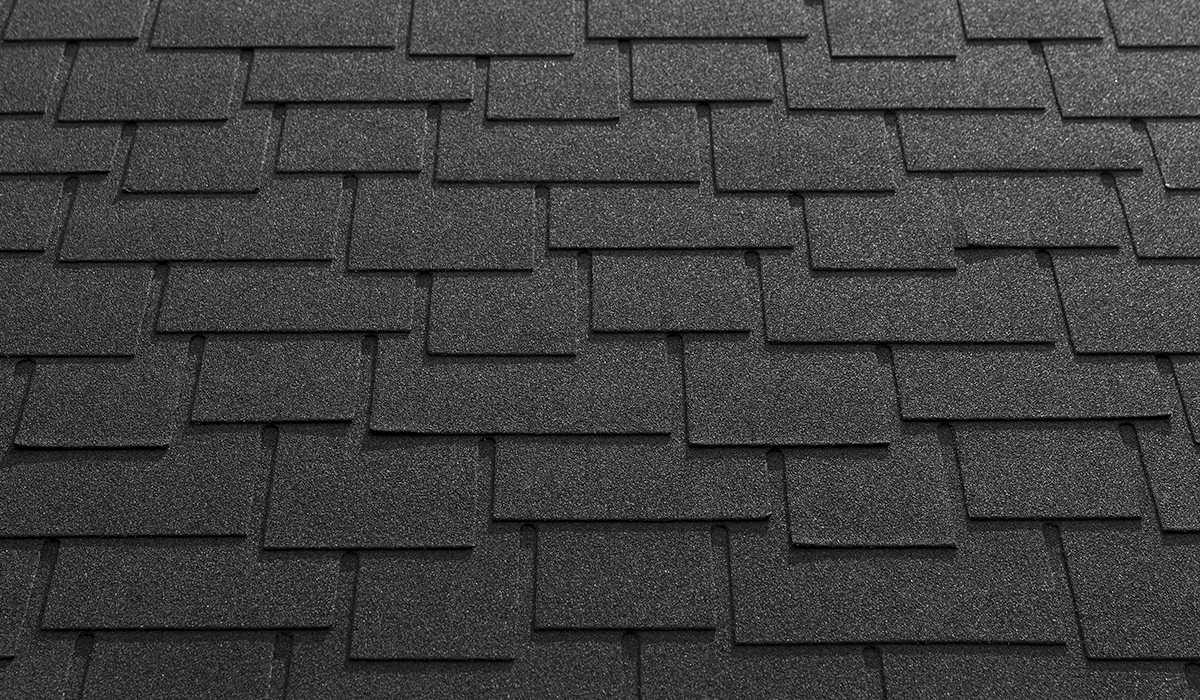 Herpes is a moist heat toxin, therefore, when fighting it, they abandon what brings dampness: caffeine, alcohol, spices and fatty foods.For older people, vaccination against shingles will be relevant.
Herpes is a moist heat toxin, therefore, when fighting it, they abandon what brings dampness: caffeine, alcohol, spices and fatty foods.For older people, vaccination against shingles will be relevant.
The disease has been known for a long time and oriental medicine has many possibilities to successfully resist the attack of the virus. In the case of herpes zoster, the main focus is on strengthening the body’s defense mechanisms and restoring the disturbed energy balance. Herpes is usually treated with courses. For treatment, acupuncture, moxotherapy and vacuum massage are used. In addition, special Chinese preparations and preparations will be very effective in the treatment of herpes.
90,000 Dr. Myasnikov fell ill with shingles
+
A
–
But he did not refuse a trip to the Murmansk region
A well-known doctor and TV presenter Alexander Myasnikov said that for a week he has been suffering from an insidious disease Herpes zoster or shingles, a characteristic rash on the skin with severe pain.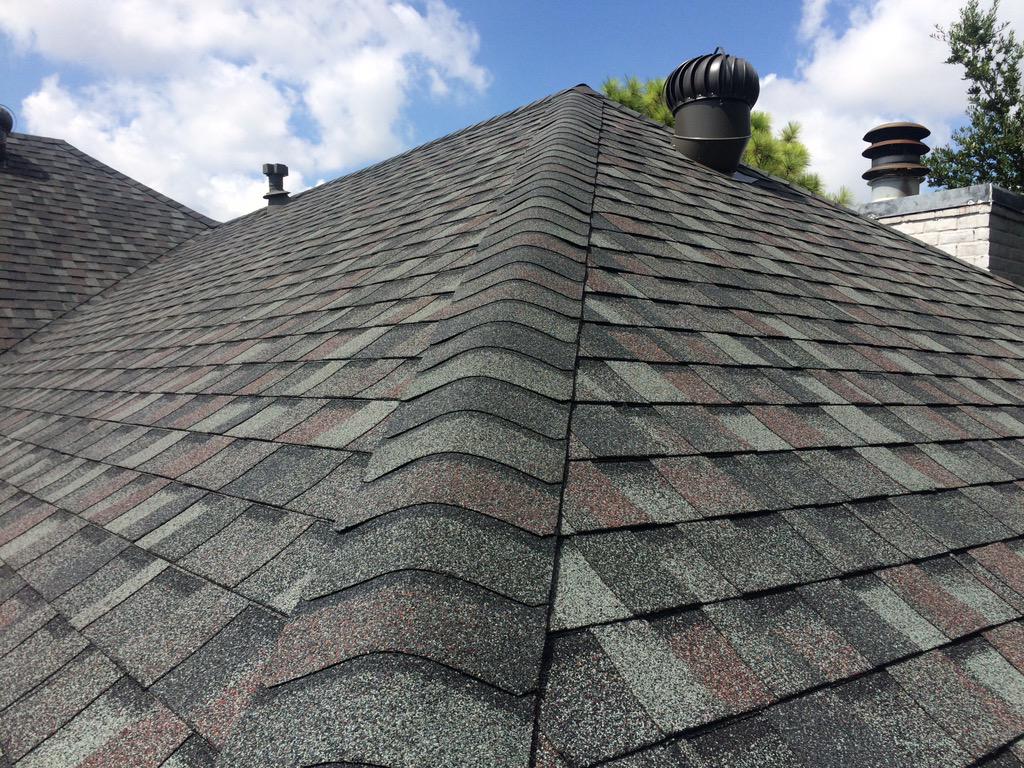
“For almost a week, severe aching pain in the right shoulder blade has been troubling. And at night too. I thought: I overtrained and pulled a muscle,” the doctor wrote on his Instagram page, adding that when rashes appeared on the skin, he realized that he had Herpes zoster.
“I teach everyone: after 60, revaccination against Herpes zoster is necessary!”
Myasnikov, explained that most often a person encounters this virus at a young age and this causes chickenpox in children.However, the virus remains in the body for the rest of its life for the time being.
“With age, the immunity to the virus erodes and the virus wakes up. And it causes another disease -” Shingles “or” shingles “, – said the doctor.
According to Myasnikov, this disease is characterized by pain along the nerves, itchy blisters-rashes and then postherpetic pains, sometimes so severe that they require the introduction of narcotic painkillers.
“There may be complications, depending on which nerve the virus hits. If the eye, then everything can end badly – to the point of blindness, “Myasnikov warned, adding that there may be” encephalitis, meningitis, and even cerebrovascular accident. ”
If the eye, then everything can end badly – to the point of blindness, “Myasnikov warned, adding that there may be” encephalitis, meningitis, and even cerebrovascular accident. ”
The doctor asked all readers not to be like him and not to forget about the vaccines “pneumococcus, influenza, herpes zoster, tetanus / whooping cough, hepatitis B, COVID”.
Dr. Myasnikov thanked everyone who was worried about him, noting that he had a short conversation with diseases, so he decided to go to Murmansk for the weekend, where he intends to swim in the White Sea and continue treatment with drugs prescribed to himself.
Varicella Zoster Virus, DNA [real-time PCR]
Molecular genetic study to identify the DNA of the causative agent of shingles and chickenpox – the Varicella Zoster virus in biomaterial.
Russian synonyms
Shingles and chickenpox virus.
English synonyms
VZV, DNA, Varicella Zoster virus, DNA, Herpes Zoster, DNA.
Research method
Real-time polymerase chain reaction.
What kind of biomaterial can be used for research?
Amniotic fluid, venous blood, capillary blood, cerebrospinal fluid, saliva, scraping from erosive and ulcerative elements.
General information about the study
Varicella Zoster virus is a type 3 herpes virus belonging to the Herpesviridae family. It causes chickenpox or shingles, transmitted by contact (through contaminated household items) or airborne droplets.After entering the body, the virus multiplies in the lymphoid tissue of the respiratory tract, then enters the bloodstream, after which skin lesions develop in the form of a vesicular rash and other manifestations of chickenpox (chickenpox). The most common disease occurs in childhood.
During pregnancy, the virus can cause fetal malformations and even death (if infection occurred at a later date). In the initial infection, Varicella Zoster reaches the spinal sensory ganglia, where it can remain asymptomatic for years.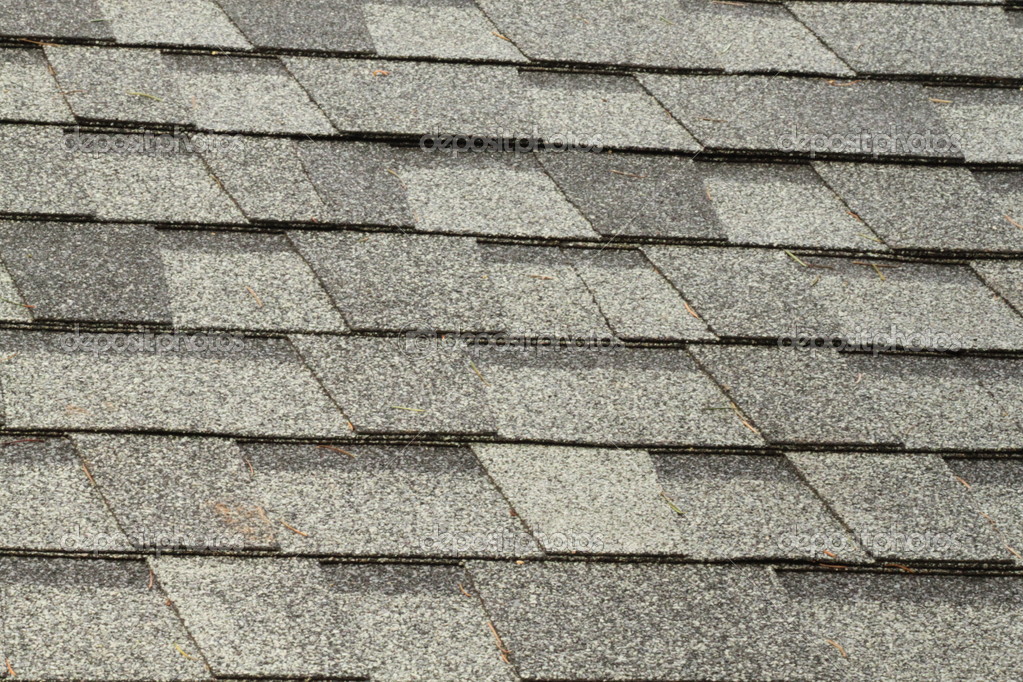 Under certain conditions (decreased immunity, etc.), as a rule, in adults, the virus can be reactivated. This is manifested by shingles – a rash on the skin (in the area of the affected nerve), accompanied by severe neuralgic pain.
Under certain conditions (decreased immunity, etc.), as a rule, in adults, the virus can be reactivated. This is manifested by shingles – a rash on the skin (in the area of the affected nerve), accompanied by severe neuralgic pain.
The most sensitive and specific diagnostic methods for Varicella Zoster are molecular genetic studies, especially polymerase chain reaction (PCR). Its principle is based on a multiple increase in the number of copies of a DNA region specific for a given pathogen.PCR allows you to identify the pathogen even when its amount is small, for example, with a latent infection of the nerve ganglia.
What is the research used for?
- For the diagnosis of chickenpox and shingles.
- For differential diagnosis (along with other tests) for suspected enterovirus infections (Coxsackie, ECHO viruses), common herpes simplex, impetigo, insect bites, urticaria, rabies, contact dermatitis, dermatitis herpetiformis, pityriasis versicolor, medicinal skin lesions, secondary syphinis polymorphic erythema.


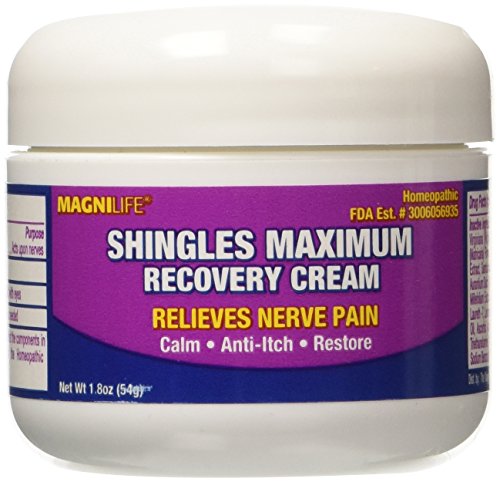

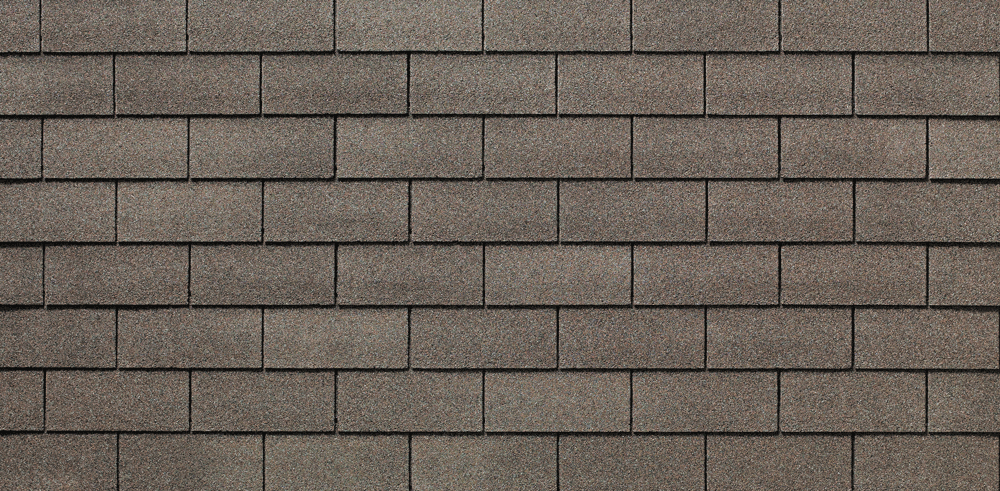
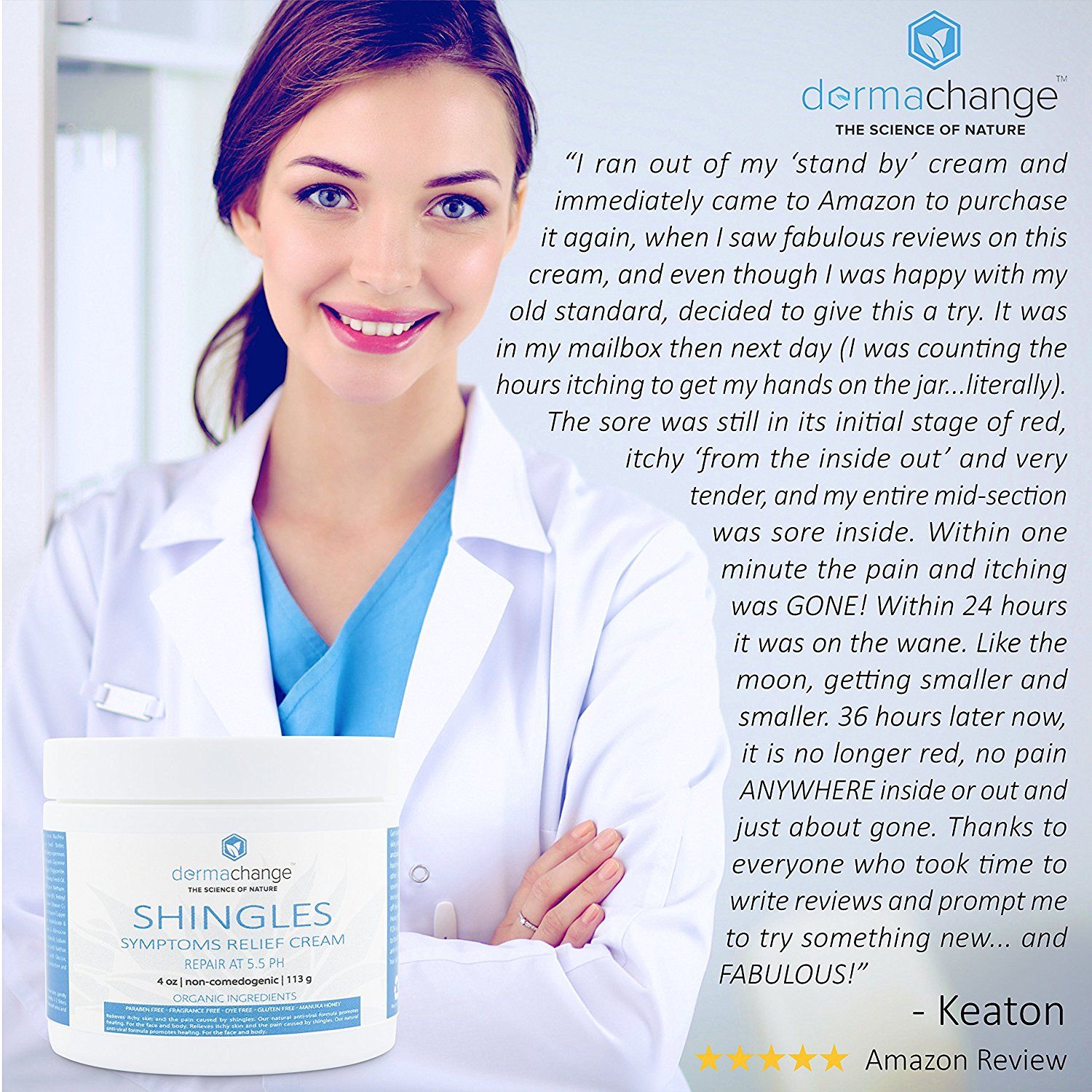 Simple absorbent dressings can be used to cover the rash; this will help to prevent passing it on. Sticky (adhesive) dressings should not be used as they can slow healing and cause irritation. Antiseptics should not be used due to a lack of evidence that they are effective. A damp cool cloth on the affected area may relieve itchiness and pain.
Simple absorbent dressings can be used to cover the rash; this will help to prevent passing it on. Sticky (adhesive) dressings should not be used as they can slow healing and cause irritation. Antiseptics should not be used due to a lack of evidence that they are effective. A damp cool cloth on the affected area may relieve itchiness and pain. She has experience in hospital pharmacy in New Zealand and in the UK, and was previously a medical writer for Elsevier in The Netherlands. Angela is interested in promoting the safe use of medicines, particularly high-risk medicines.
She has experience in hospital pharmacy in New Zealand and in the UK, and was previously a medical writer for Elsevier in The Netherlands. Angela is interested in promoting the safe use of medicines, particularly high-risk medicines. Read more about shingles vaccine
Read more about shingles vaccine  When used within 72 hours of the rash appearing, these medications may make symptoms milder and shorter.
When used within 72 hours of the rash appearing, these medications may make symptoms milder and shorter.
 Never pick at, scratch or pop the blisters, as the fluid within the blisters can be contagious and blisters help your skin heal.
Never pick at, scratch or pop the blisters, as the fluid within the blisters can be contagious and blisters help your skin heal. 